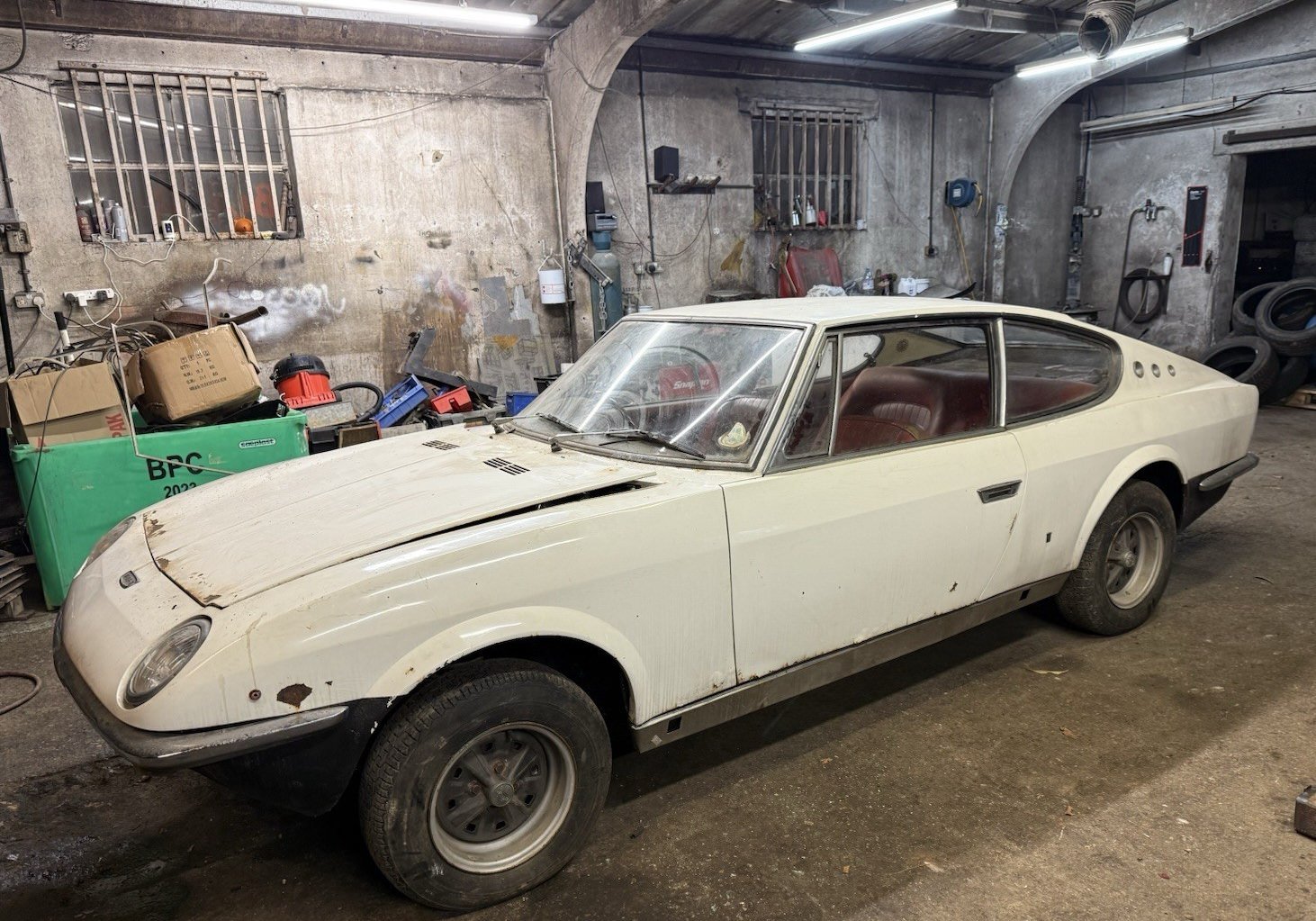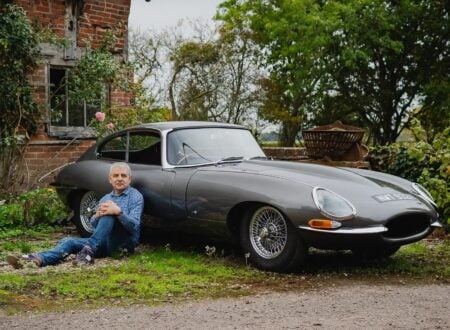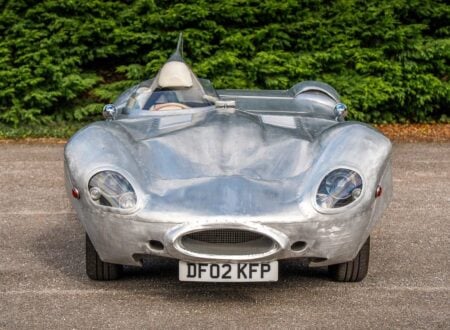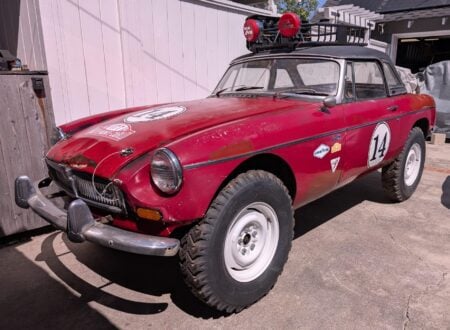This is a Fiat 125 Samantha, and if you’ve never heard of it before you’re not alone, as just 100 or so were made, and it’s estimated that fewer than 25 remain in existence today.
The 125 Samantha was built by legendary Italian coachbuilder Carrozzeria Vignale based on the mass-produced Fiat 125 platform – specifically on the more powerful underpinnings of the Fiat 125S. The Samantha was an elegant, compact sporting GT car with beautiful lines and a fastback tail, and Lamborghini Miura-style pop-up headlights.
Fast Facts: The Fiat 125 Samantha
- The Fiat 125 Samantha was a low-production Vignale-built coupe based on the Fiat 125S platform, created to offer Italian style with simple, affordable mechanicals. Around 100 were made, with about 25 believed to survive today. It had a fastback roofline, pop-up headlights reminiscent of the Miura, and a comfortable four-seat layout.
- Designed by Virginio Vairo, the car captured late-1960s Italian styling trends and was built by hand in Turin by Vignale. It used Fiat’s 1.6 liter twin-cam four producing roughly 100 bhp, paired with a 5-speed manual and rear-wheel drive. Performance matched the 125S sedan, and running gear was easy to maintain thanks to widespread parts availability.
- The chassis retained the 125’s independent front suspension, live rear axle with leaf springs, and four-wheel disc brakes, giving predictable driving dynamics rather than cutting edge sporting performance. Positioned between mainstream Fiats and high-end GTs, it targeted buyers wanting distinctive coachbuilt design at a more attainable cost.
- The 1969 example described is a barn find car finished in white with a dark brown interior. It turns over and briefly starts but does not continue running, indicating the need for a full engine rebuild during the restoration. Largely complete and still on its original wheels, it is offered for sale in the United Kingdom.
History Speedrun: The Fiat 125 Samantha
The Fiat 125 Samantha arrived in 1967 as one of the last independent projects from Carrozzeria Vignale, created during a time when Italian coachbuilders were struggling to stay relevant in a market that was shifting towards mass-produced unibody cars, rather than the earlier body-on-frame cars that had allowed them to create their own unique bodies – much like a tailored suit.


Alfredo Vignale wanted a stylish, small-series coupe that could give his brand a signature model, and so he turned to designer Virginio Vairo, who had already penned several elegant Vignale bodies, to create something distinctive using affordable and easily sourced Fiat mechanicals. The result was the Samantha, a low-volume, four-seat coupe built on the popular Fiat 125 platform and drivetrain.
Vairo’s design leaned heavily into late-sixties Italian automotive style with a long, elegant nose, a sweeping fastback roofline, and a surprisingly roomy, airy interior.
The front end was the Samantha’s signature, with a pair of round headlamps laying almost flat, using a pop-up mechanism that gave the car good headlight coverage when raised, and a smooth, aerodynamic front end when they were closed. This headlight design has been compared with the Lamborghini Miura, and with the Porsche 928 that came out much later.
Inside, the Samantha had a far more luxurious look and feel than the standard Fiat 125, with two-door coupe bodywork wrapped around a four-seat layout, better materials, and Vignale-specific trim. It aimed at buyers who liked Italian style but didn’t want the initial cost or ongoing operating costs of a high-end GT.
Power came from Fiat’s advanced-for-the-time 1.6 liter twin-cam inline-four, the same Lampredi-designed engine used in the 125 S. With a single twin-choke carburetor, it delivered roughly 100 bhp, sent through a 5-speed manual gearbox to the rear wheels. Performance figures were broadly in line with the 125 S sedan – around a 161 km/h top speed, with solid mid-range flexibility, and the kind of enthusiastic drivability that made Fiat’s twin-cam cars popular across Europe.
Underneath, the Samantha kept the 125’s independent front suspension with coil springs and wishbones, a live rear axle located by leaf springs, and disc brakes on all four wheels. This setup wasn’t exotic by any stretch of the imagination, but it gave predictable handling and solid braking performance by the standards of the time.
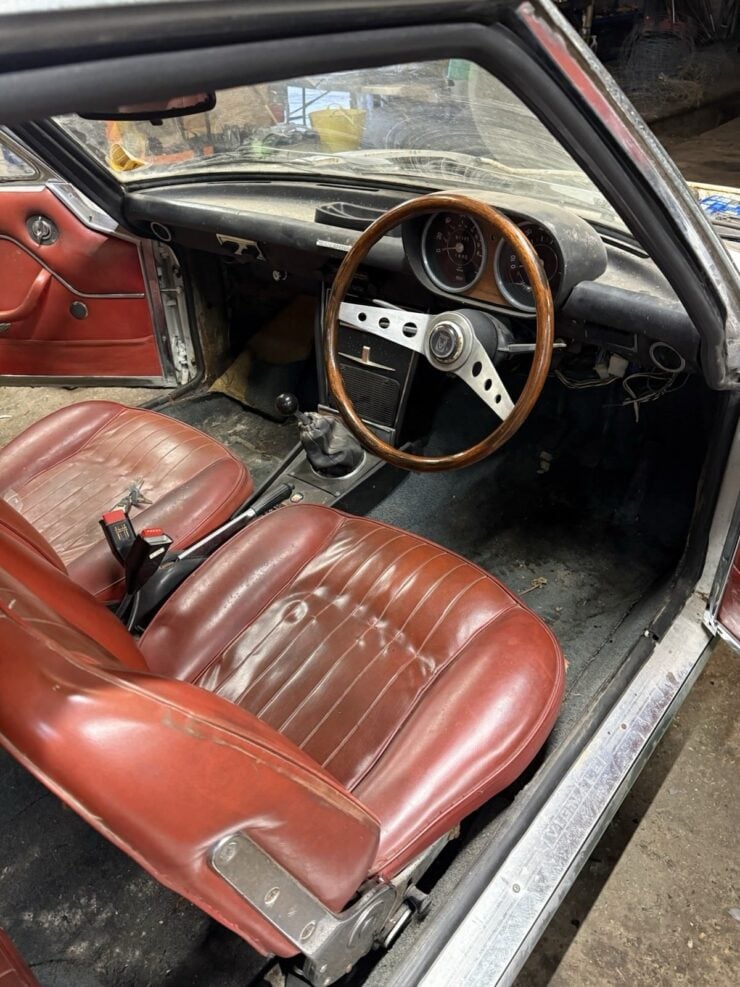

Vignale didn’t attempt to position the Samantha as an out-and-out sports car, instead, it aimed to be a stylish, usable touring coupe with cheap Fiat serviceability. The market positioning showed that balance – it cost more than a standard 125 S but far less than full-blooded Italian GTs, offering style and substance at a much more attainable price point.
Production took place at Vignale’s plant in Turin, where bodies were hand-finished and mated to Fiat platform. Total production was around 100 cars, relatively low all things considered, but this was to be expected for such a niche car that was being made by hand.
The Samantha remained on sale from 1967 until about 1971, though actual production likely slowed well before the final year as the company shifted its focus before being taken over by De Tomaso in 1969.
Surviving examples are now prized pieces for collectors of Italian coachbuilt cars – many reside in Europe – Italy, Germany, and the UK in particular – while a few have surfaced in Australia and the United States. The Samantha’s appeal largely comes from its combination of Fiat mechanical simplicity and Vignale styling flair, along with its scarcity of course.
One of the major positives is that fact that running gear and drivetrain parts are nice and easy to come by, and they won’t break the bank, with almost any Fiat parts supplier in the world able to provide much of what owners need.
The 1969 Fiat 125 Samantha Shown Here
The car you see here is a 1969 Fiat 125 Samantha that is currently in barn find condition. The good news is that the seller mentions that it turns over and even starts, but it won’t currently stay running.
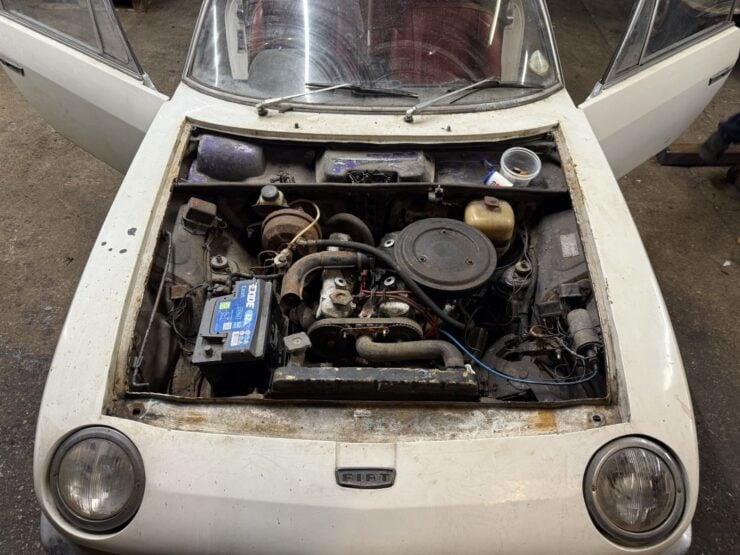

It’s clear that it needs a full restoration, but it appears to be largely complete, and possibly a great starting point for a rewarding restoration. It’s finished in white with a dark brown interior, and it’s still riding on the original factory wheels.
It’s now being offered for sale out of the United Kingdom and you can visit the listing here if you’d like to read more or register to bid.
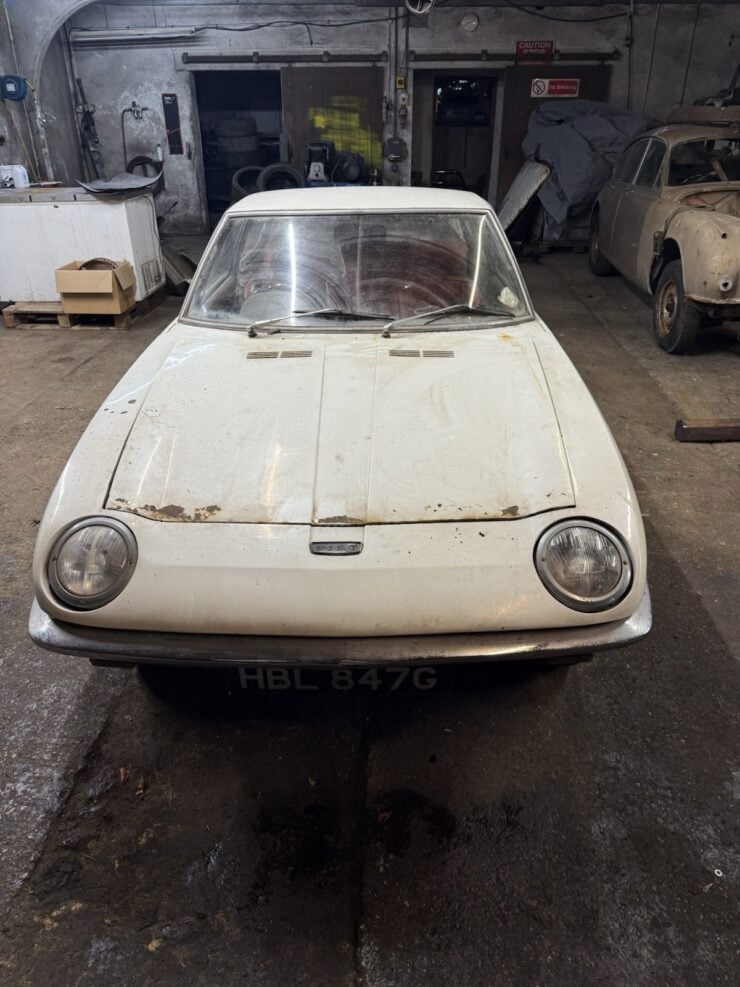
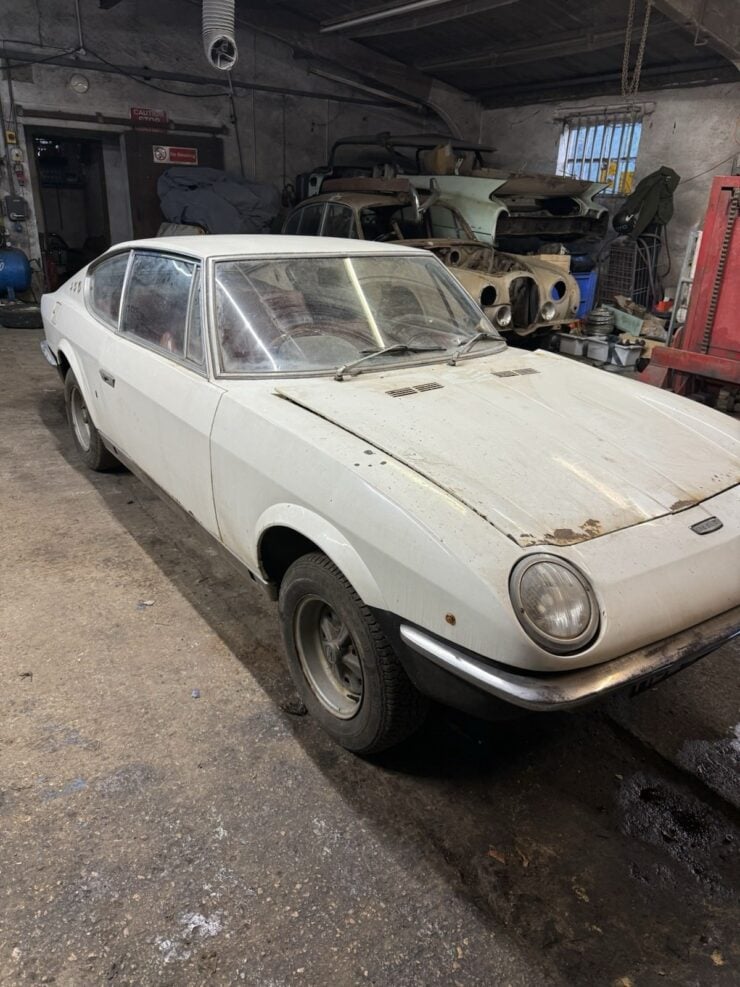
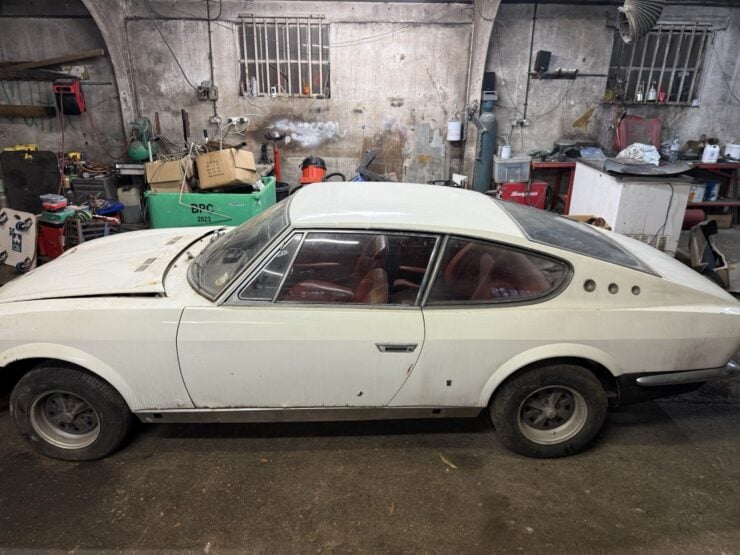
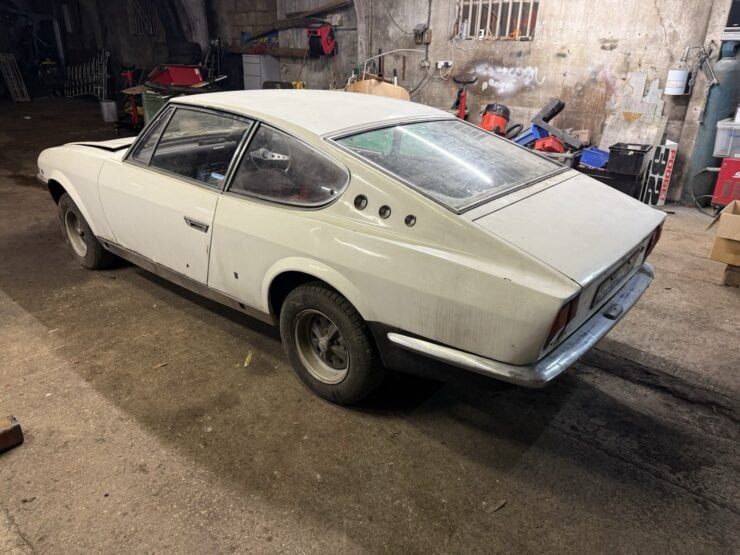
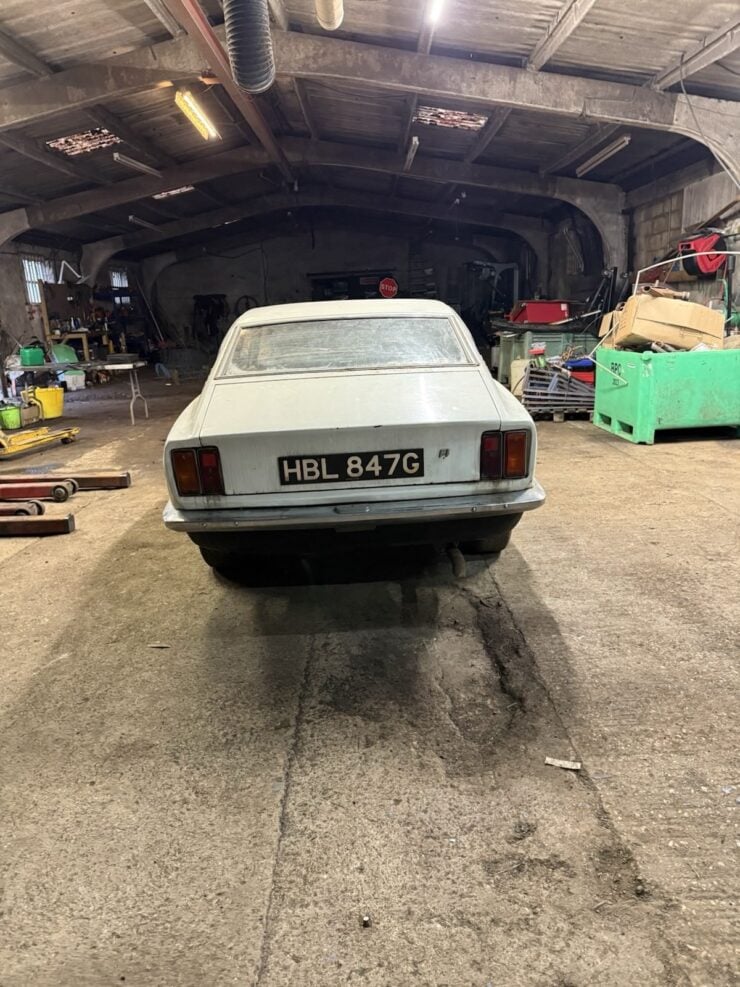
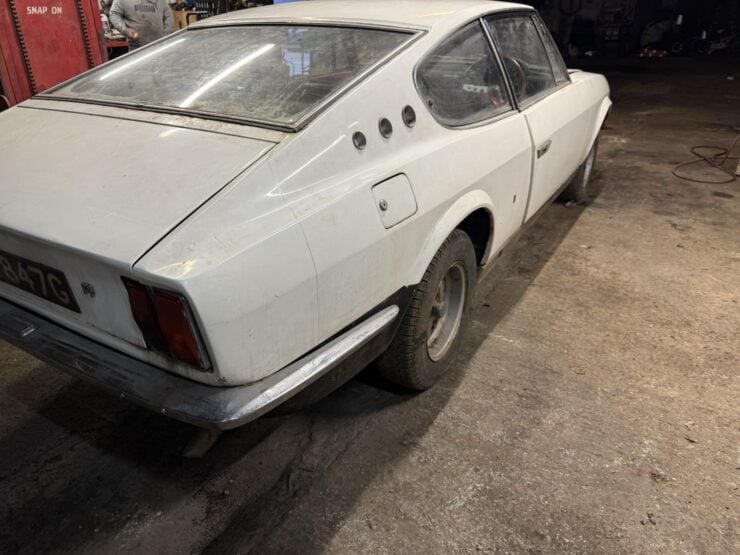
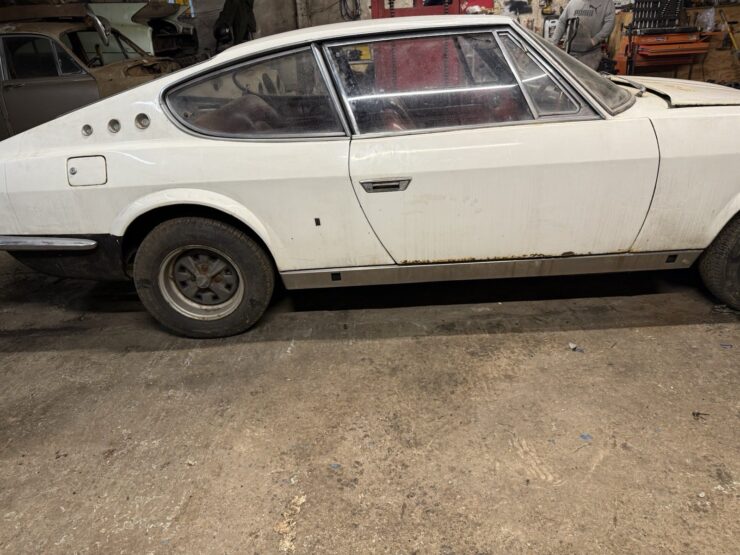
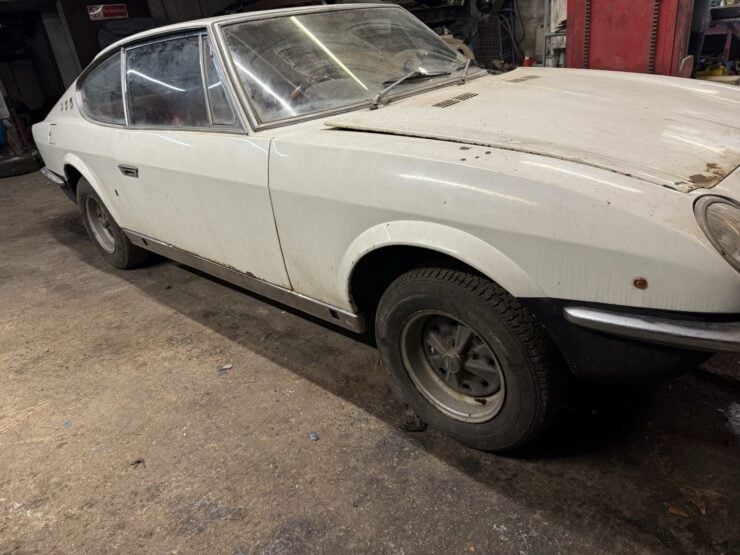
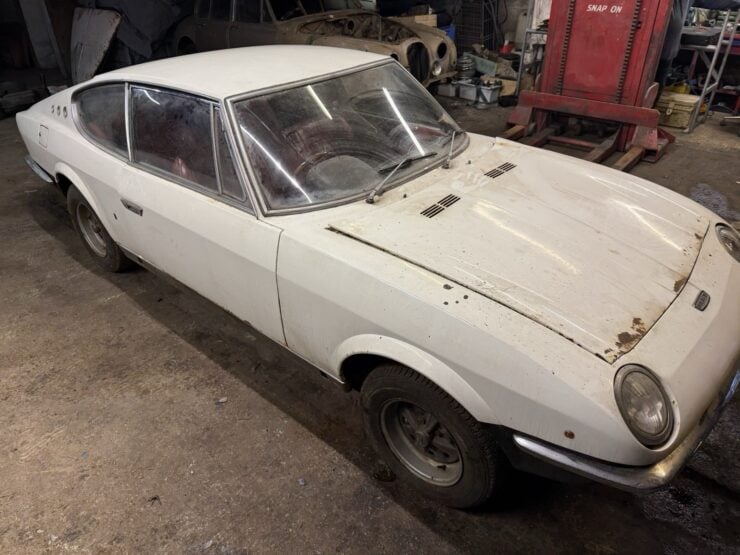
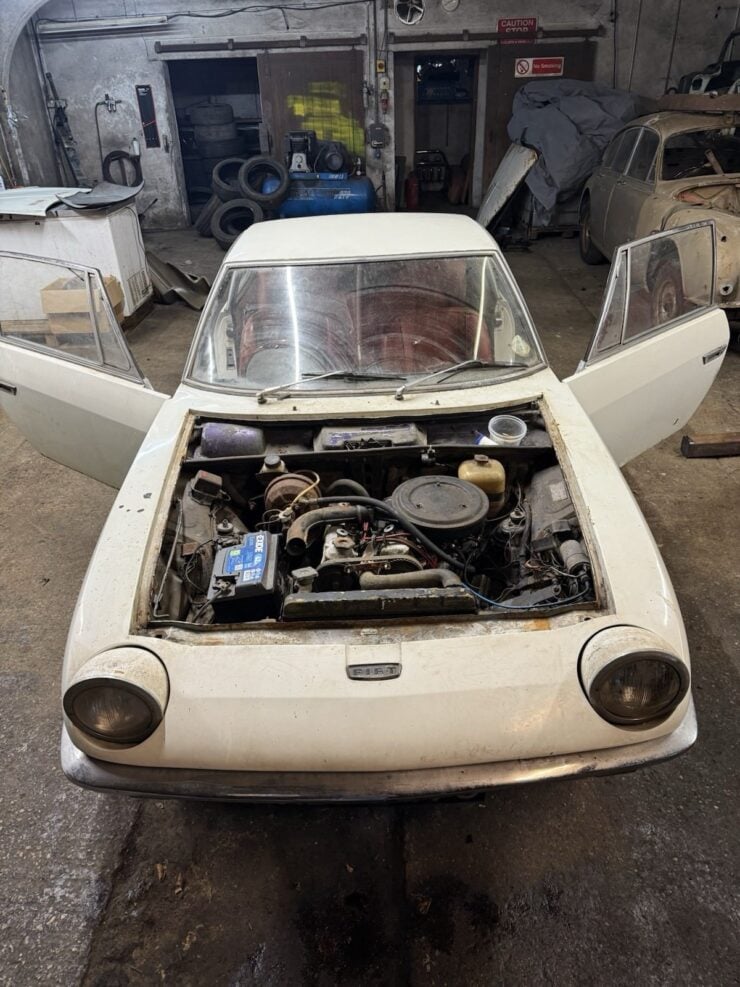
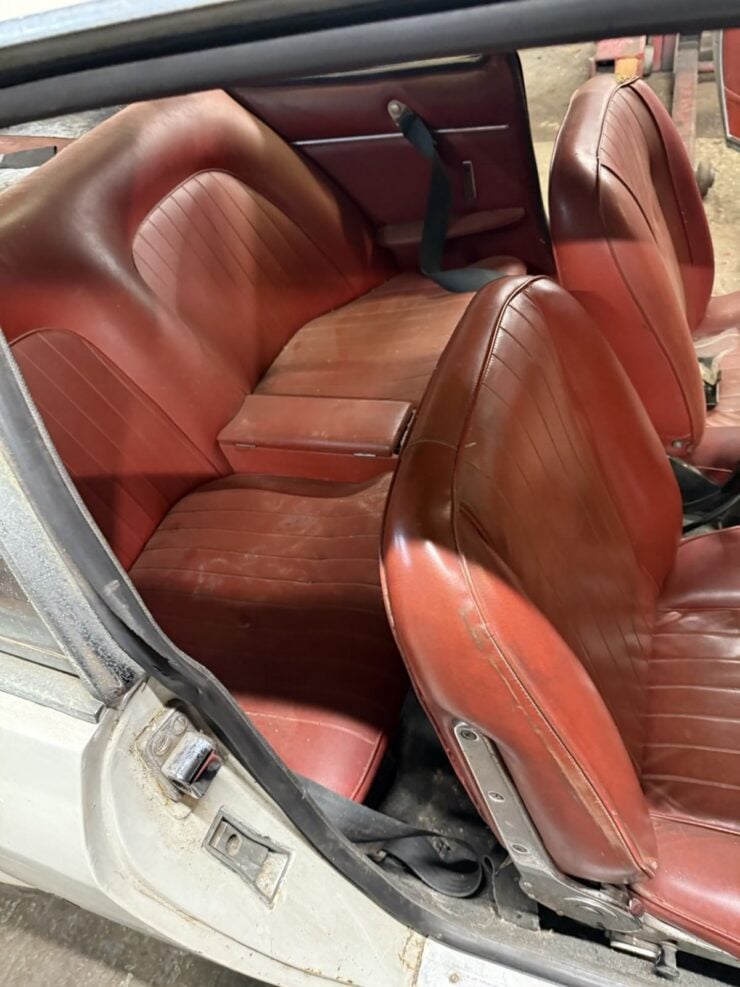
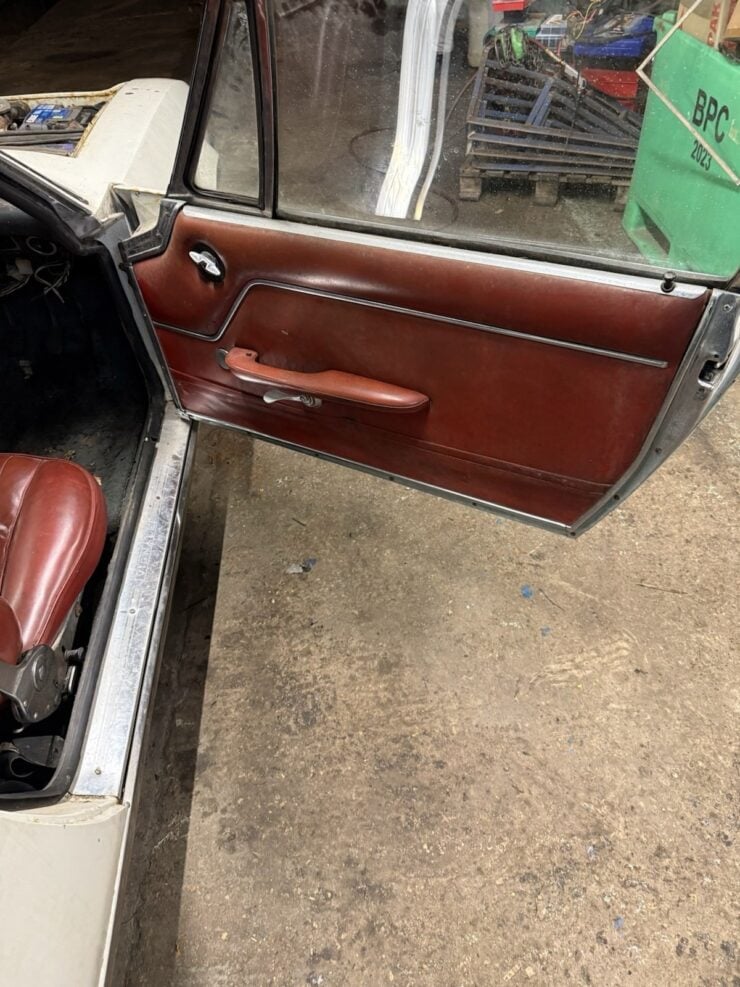

Images courtesy of Clare Walker

